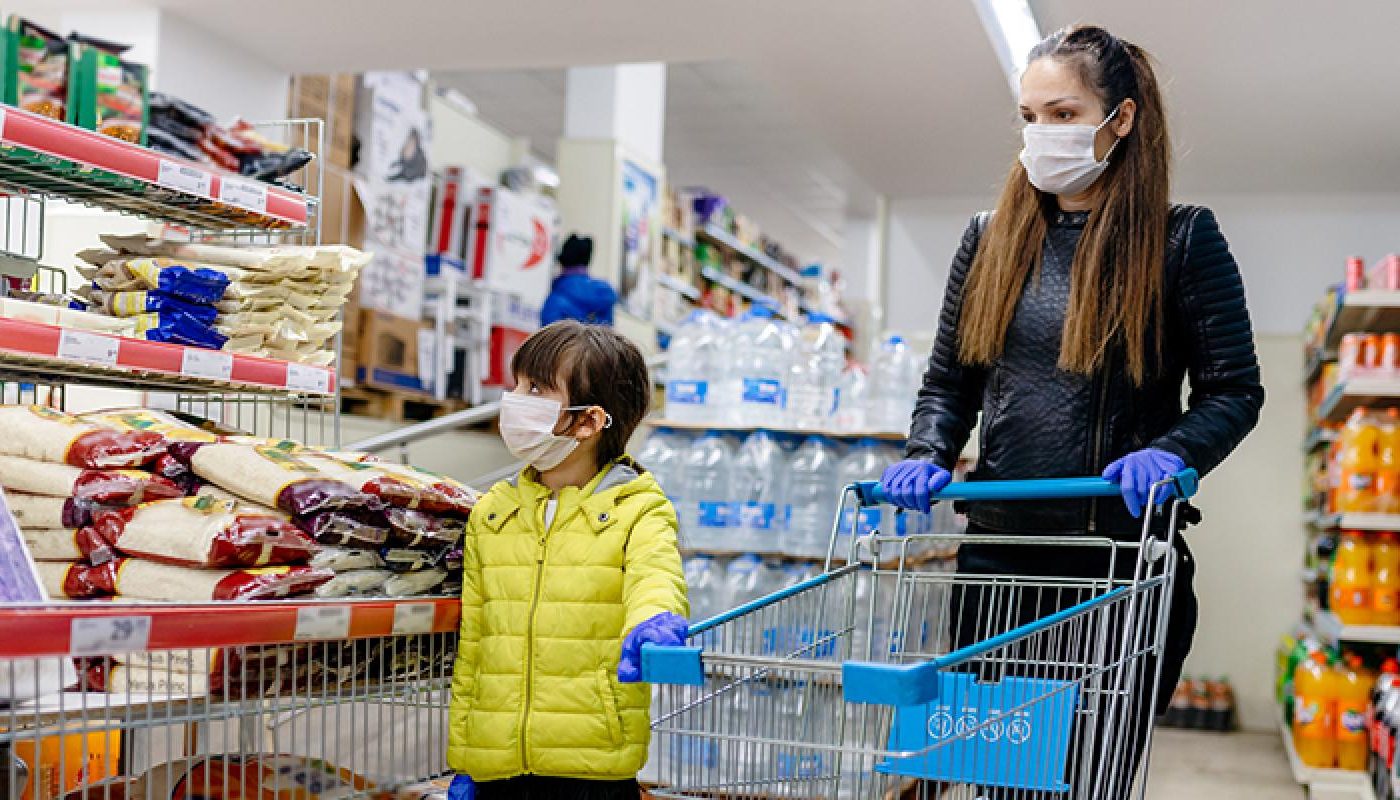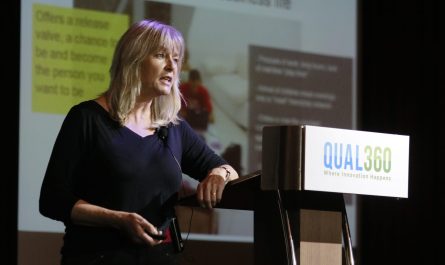“How did your beauty routine change now that you are staying at home?”
“What makes you believe a brand is truly empathetic with its message?”
“Do you think you will come out of this crisis as a better human?”
These are just a few of the questions that insights professionals are wrestling with these days. And they’re just a fraction of the 400+ questions we received in the context of a digital qualitative initiative we started to understand the impact COVID-19 on consumers today.
We recently held six online ‘mass qualitative’ conversations with consumers in China, US, UK, Brazil, Indonesia and the Netherlands about the impact of the pandemic on their daily lives, and how they feel brands should adapt their communication in this period. We used our AI-driven digital qualitative ‘Immerse’ solution, allowing our clients to observe key results in real time. We repeated some questions in each discussion around the world in order to compare and build global insights. But in each country, we also gave our local clients the opportunity to bring in their own questions. And they did, in high quantity but also high quality: Creative, varied, effective and inspiring.
You can find more about what we did and what we found here. But let’s look a bit deeper into the questions clients asked and what we can learn from this.
A framework for understanding the new normal
We know that brands have been forced to react very quickly with the sudden onset of the pandemic, leaving our clients with many unanswered questions. So we made sure there was space in our discussion guide for the voices of our clients, and used the voting feature of our platform to help sort priorities and select the questions that most of our clients wanted to see answered. While there were some highly industry-specific questions, it was also clear that despite all the polls and surveys out there, the majority of us did not feel like we had a handle on how our consumers are feeling and reacting. We were all craving real voices and gut instinct responses.
But where should we start our process of understanding the new normal? And where to focus? Can these questions by the global insight community reveal something about the priorities, the key themes we should look at?
The model below shows one way we found to categorize the questions – and that we think is useful in answering these questions.
 One dimension is time: Short term vs. long term. In the short term, many people are trying to grasp how to deal with the current situation. Most countries are still in some form of lockdown or slowly returning to “normal” but with some big caveats, like closed shops, restaurants or entertainment, working from home, etc. The current state of things brings questions like, are you eating healthy? How have you set up your home office? Should my brand be advertising? Does current brand communication feel sincere?
One dimension is time: Short term vs. long term. In the short term, many people are trying to grasp how to deal with the current situation. Most countries are still in some form of lockdown or slowly returning to “normal” but with some big caveats, like closed shops, restaurants or entertainment, working from home, etc. The current state of things brings questions like, are you eating healthy? How have you set up your home office? Should my brand be advertising? Does current brand communication feel sincere?
Short-term and long-term impact on consumer behavior
However many insight professionals are also already thinking about life after the crisis, as we transition to (hopefully) a life post COVID-19: Questions about the longer term impact might be, what changes in food, home care, beauty, online shopping or connecting with family are here to stay? When would you feel comfortable going to entertainment venues again? What are you expecting for your holidays this year? How soon will consumers want to bounce back?
The second dimension is impact. We can think about the impact of the crisis in terms of behavior, or in terms of values and emotions. The first is more functional and objective: Are people moving to online shopping, planning meals in advance or adopting new exercising habits? When thinking about how the pandemic impacts the values and emotions of consumers, we might ask: Are they annoyed when advertising messages all seem similar, or when brands talk about products that aren’t relevant now? Will people become more sensitive to value claims or budget offerings amidst increasing financial worries, or will an increased appreciation of health make them take advantage of offers that meet these needs?
4 quadrants to determine brand actions
Combining these two dimensions leads to a framework we can use to assess the actions that brands should take. We have 2 ‘behavioral’ quadrants on the bottom that deal with the what – which products/services to prioritize in advertising (short term) or NPD (long term); and the where – adapting media and shopper strategies to the touchpoints that are relevant now and focusing on optimizing those experiences. The top two value quadrants are more about the how – how should messaging, claims, pricing or promotions be adapted to shifting priorities; and the why – a deep understanding of the underlying dynamics that are causing these changes.
Other emerging themes
Looking at these dimensions from the perspective of your brand and category can help you prioritize your questions for future studies, and facilitate translating COVID-19 data into actionable insights for your brand.
This framework is only one way to look at the data. We can also cluster responses into themes to see what emerges. Other interesting themes that arose:
- Many people are hoping and/or expecting that there will be a ‘silver lining’ to this crisis – that people will develop new habits they love, discover new interests, learn new skills or regain appreciation of what is valuable.
- Insights professionals are very conscious of the risk involved in adapting communication in times of crisis. They know they are walking a fine line between doing too little and being too present; or providing support and profiting from the situation. There is overall a desire to show empathy, but credibly and authentically.
- The crisis also touches on our most human side and our intrinsic curiosity as researchers. We saw many questions that show sincere interest in how people are coping, what they long for and how they are making the best of the situation.
And that might also be one of the ‘silver linings’ for our industry – truly understanding people in every facet of their lives is more important than ever to help companies and brands through this crisis. And isn’t that what we love to do most?
For more about the results of MetrixLab’s mass digital qualitative COVID-19 studies, check here
This article was originally posted here.










 by
by 


